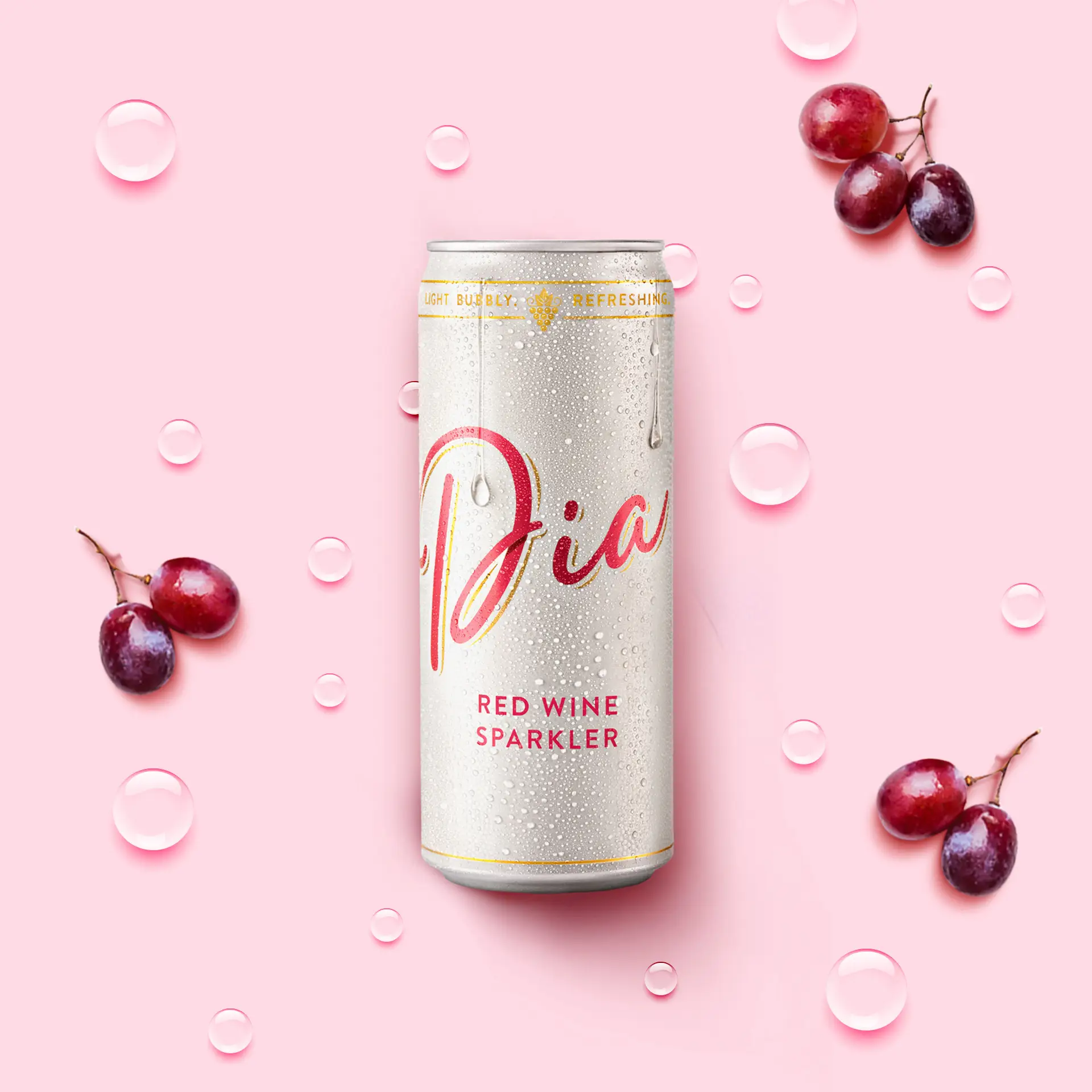Although you might know your favourite Rosé wine, or your favourite Chardonnay, you can truly appreciate it even more if you try to notice its various qualities, step by step. This is where wine tasting comes in. This activity is a skill that requires the taster to try several different styles of wines, even ones that they are not particularly familiar with. It can be extremely enlightening and also useful when it comes to discovering new favourites! The origin of the methodology of wine tasting dates back to the 18th century.
How exactly does wine tasting help?
There are different stages in the process of wine
tasting. They help in observing the appearance, aroma,
sensation and finish of the wine. These results are then
useful when it comes to establishing various properties
of wine, such as its complexity and character, its
suitability for ageing or drinking and even its possible
faults. With the help of these properties, you can
compare the wine with recognised standards with respect
to its region or vintage’s characteristics, and even its
price range. In this way, it can be easy to tell if the
wine is typical of its style or if it diverges from it.
Chances are that if you were shown which bottle the wine
was from, your views would be coloured by its pricing or
how attractive its label is.
Wine tastings can be conducted in different ways,
depending on what is to be compared. For example, if the
tasting has to be done to compare different vineyards,
then wines are selected for their vintage. This is also
known as a “horizontal” tasting. However, if the tasting
has to be done keeping the different vintages in mind,
then only wines from a single winery are considered.
This is also known as a “vertical” tasting.
You must make sure to hold the wine glass from its stem,
in order to avoid warming the wine with your body
temperature. It is also essential to ensure that you
have a clean palate before you dive into wine tasting,
as some strong flavours can mask the taste of the wine.
High-quality white bread is considered to be the best
food you can use for cleansing your palate. Now that we
have that out of the way, let’s understand each step of
the process in detail.
Take a Look
The first and most basic step of wine tasting is to visually inspect the wine, as you hold your glass at eye level and tilt it to assess. The appearance of the wine certainly adds to the pleasure of drinking it, since its colour plays a huge role in the beauty of the experience. The colour of the drink can reveal the variety, origin and age of the grape. For instance, when it comes to age, red wines lighten with time and white wines deepen in colour. Another thing to keep an eye out for is any type of suspended matter. A clear wine is a sign of a healthy drink. The presence of bubbles can also tell you a lot about the wine. While bubbles are normal in sparkling wine, if they are present in still wines, then it indicates the presence of residual carbon dioxide. This is sometimes added to keep young wines fresh and lively. Old red wines tend to contain sediments or deposits of sorts, which is why keeping an eye out for those is essential.
Take a Sniff
A fine wine expresses its qualities through aromas,
whereas the lack of thereof can be a sign of ordinary
wine. While keeping this in mind, it is also important
to remember that some wines can be more muted than
others in this department. Here’s where the fun part
that most of you might be aware of comes in - swirling
the glass. The reason behind this action is that it
allows oxygen to enter the glass which then releases the
wine’s scents. Place your nose over the rim of the glass
to take a sniff. As a beginner, you may not be able to
instantly recognise the scents, but you can pick up the
skill with more practice. You can still observe the
intensity of the aroma, and attempt to describe it. As
you get used to the practice, you will be able to point
out primary aromas in various wines.
For instance, some wines, mostly young ones, have fruity
and floral aromas present in them, whereas in oaked
wines, notes of sweet spices, charred wood or vanilla
are prominent. Some wines might give off aromas of dairy
such as butter, or even bread. These come from
winemaking and are called secondary aromas. A fine wine
that has aged for quite some time, either in a bottle
itself, or in oak prior to the bottling process can
develop tertiary aromas that are complex. These can
include aromas of coffee, caramel, dried fruits,
leather, honey and even umami aromas of soy and
mushroom. Thus by recognising the primary, secondary and
tertiary aromas, you will be able to assess the wine’s
quality by knowing its age and the complexity involved
in its making.
Take a Sip
The flavour of the wine is considered along with its
body and texture when you taste it. How heavy a wine
feels is an indicator of its “weight”. So, a glass of
full-bodied wine is “heavier” and a light-bodied wine is
“lighter”. If a wine feels heavy, it often has a higher
level of alcohol. However, full-bodied wines aren’t
necessarily more intense flavour wise, or better in
quality than the rest. A light-bodied wine also has the
potential to be elegant as well as intense
simultaneously. Tasting the wine can also help you
notice the primary sensations of the wine, such as if it
is sweet, salty, bitter, sour and if there are umami
flavours present.
When it comes to texture, you can feel variations such
as smooth, silky, rough and velvety textures. ‘Tannin’
is a major contributor to the texture of the wine. This
aspect which is primarily found in red wines comes from
the seeds, stem and skin of the grapes used. In other
words, the moisture will seem to have left your mouth.
If it’s hard to move your tongue against the roof of
your mouth, that can be referred to as tough. However,
if your tongue feels slippery against the roof of your
mouth, that is what is referred to as silky or soft.
Coming to recognising the acidity of the wine, there are
several indicators to look out for. If a wine doesn’t
have much acid present, it’s flat and can be described
as “flabby”. If there is medium to high acid, you might
find your mouth getting watery, which is described as
the wine being “juicy”. If there is too much acid
present, you might feel similar sensations as that of
sucking on a lemon. Thus the overall taste of wine that
you get, is made up of its various aromas, textures and
its body.
And that’s about it! Now you know each step that goes
into identifying the various factors of each wine, but
as we mentioned earlier, this is a skill that needs
quite a bit of practice.
So, how does one actually practice wine tasting?
We understand that acquiring this experience might seem like a bit of a task. But this is a fun activity that absolutely does not have to seem like work! Here are some ways in which you can make this a recurring experience, with some added variations.
Hosting a Tasting Party
This option can make for a fun experience with the company that you enjoy. You can ask your friends to get various bottles of wine that can depend on the type of tasting it is, be it vertical or horizontal. By drinking comparatively, there is a lot to learn. For instance, you would be able to tell the basic differences between Sula Riesling which is a white wine, and Sula Zinfandel which is a red wine. If you are aiming to conduct a blind tasting, make sure to have at least one person who knows which glass has been poured from which bottle, for assistance. In this manner, you can not only get to know more about your friends’ wine preferences, but you can also help each other learn and widen each other’s choices. It can be extremely fun to discuss what each person has to say after every step in the tasting process.
Remember to Eat Different Foods
While wine-tasting parties can be a great bonding experience, tasting alone has its own perks as well. If you are looking for some alone time, this activity can be extra enjoyable for you. Try doing this activity with no music, no TV, no distractions at all. Just you and the wine. You will certainly be engrossed in noticing its different aspects.
Tasting Alone
Although specific wine is known to pair well with specific fruits, we aren’t talking about that right now. This is just about trying out different foods on their own so that you can get used to observing different flavours. In this manner, you can develop a wider arsenal of flavours that you will be able to identify when you pick up your glass of wine!
Final Thoughts
As you can tell, wine tasting is not something that is
just for experts. You can choose to start whenever you
would like and develop this skill over the course of how
much ever time you need. It can be a very fun activity
to enjoy on your own, or even with company. You can even
take a
Wine Tasting Day Tour at Sula Vineyards, to get
started. A leader would guide you to the tasting cellar,
where you would be assisted through the process, and
thus you would be able to recognise the wine’s various
properties with professional help.
Another best way to discover the wonderful world of wine
is
WSET with Sula
During one fun day, you will get to discover all the
basics about our favorite drink, the perfect pairings
and you will also get to taste, analyse and understand 8
different wines!
At Sula, every wine is made keeping the environment’s
best interest in mind, by following sustainable and
environment-friendly practices. As India’s most-awarded
wine brand, we’re always striving to bring forth quality
wines in India, to give you the best wine drinking
experiences. We hope that this in-depth guide on how to
go about wine tastings helps you discover the various
rich flavours of Sula wines.
Want to stay updated with the latest in the world of
wines? Follow us on Instagram , Facebook , and
Linkedin
today!







